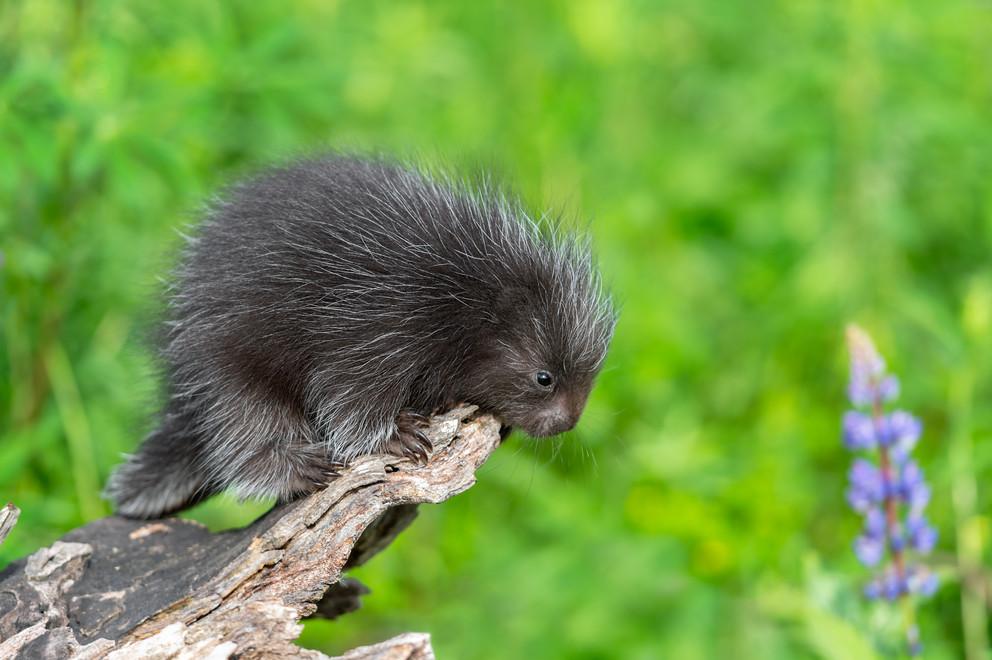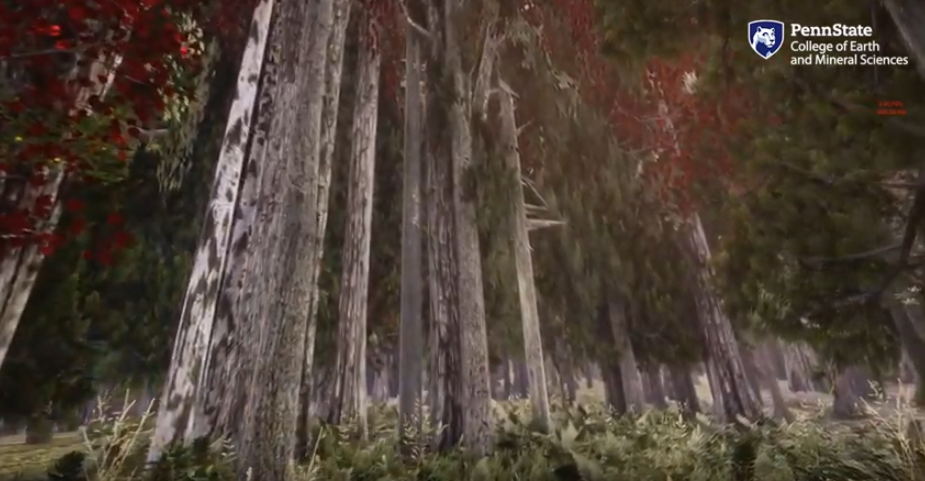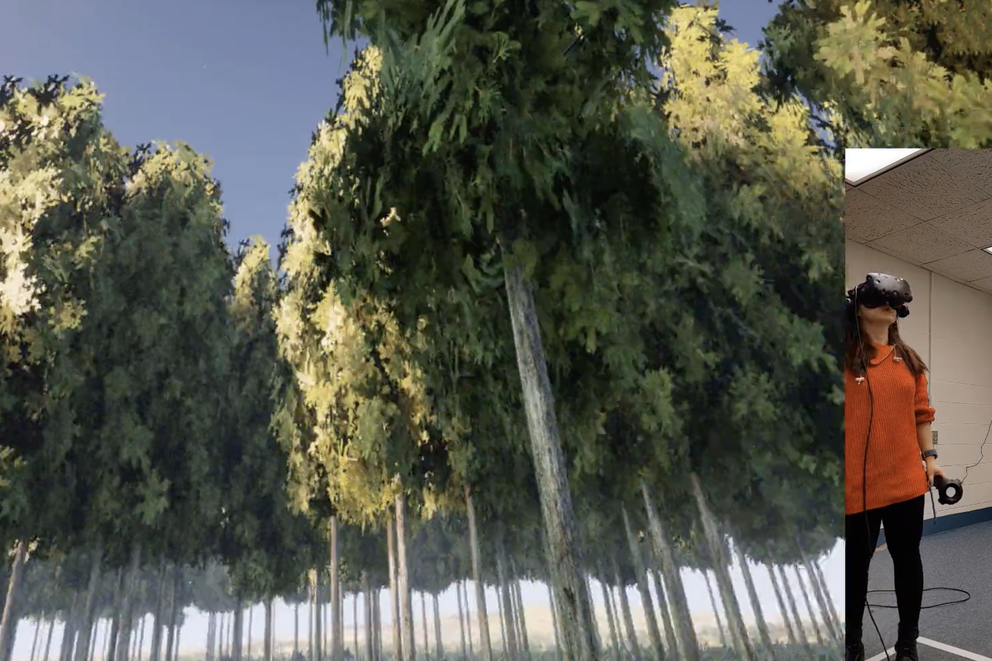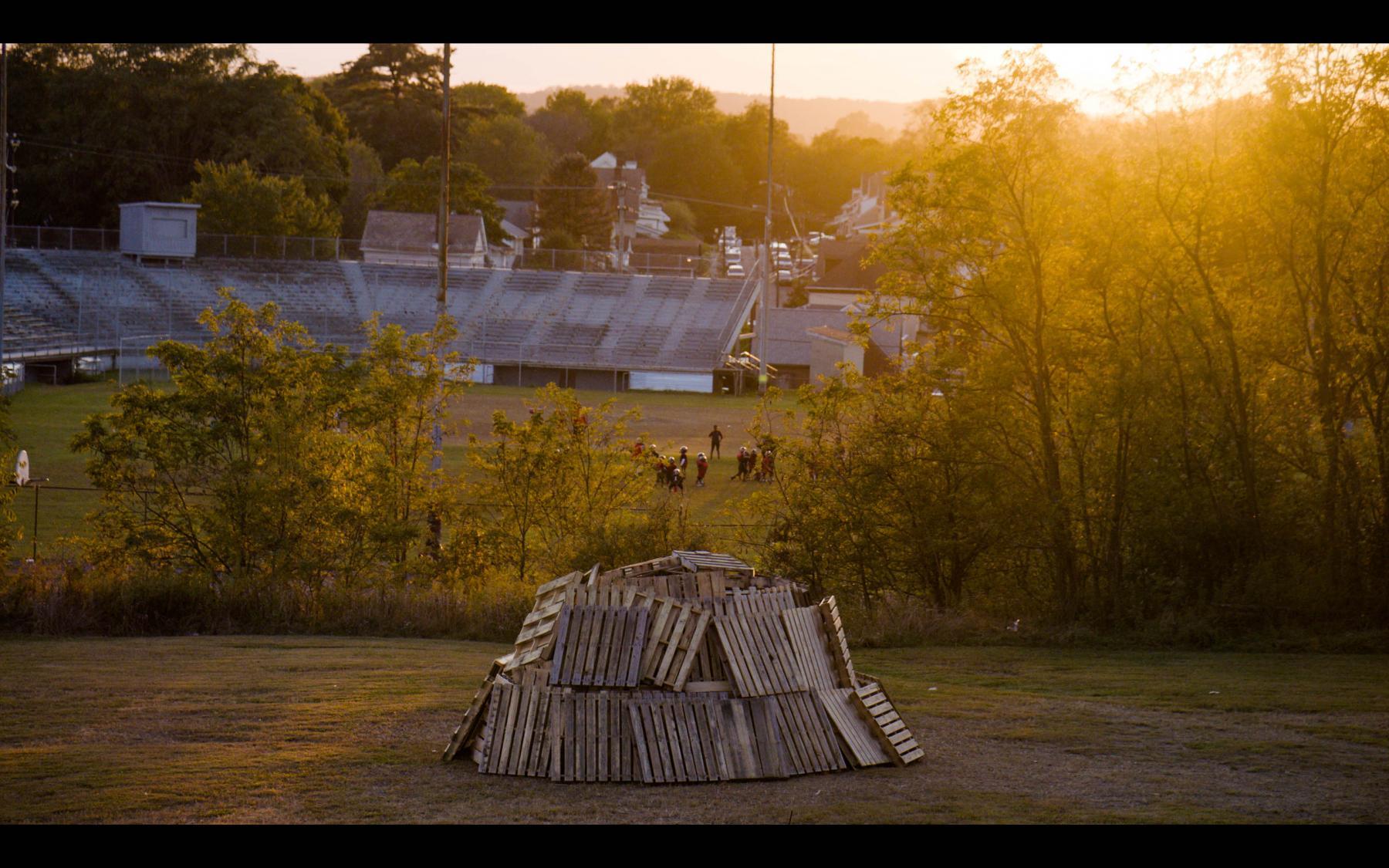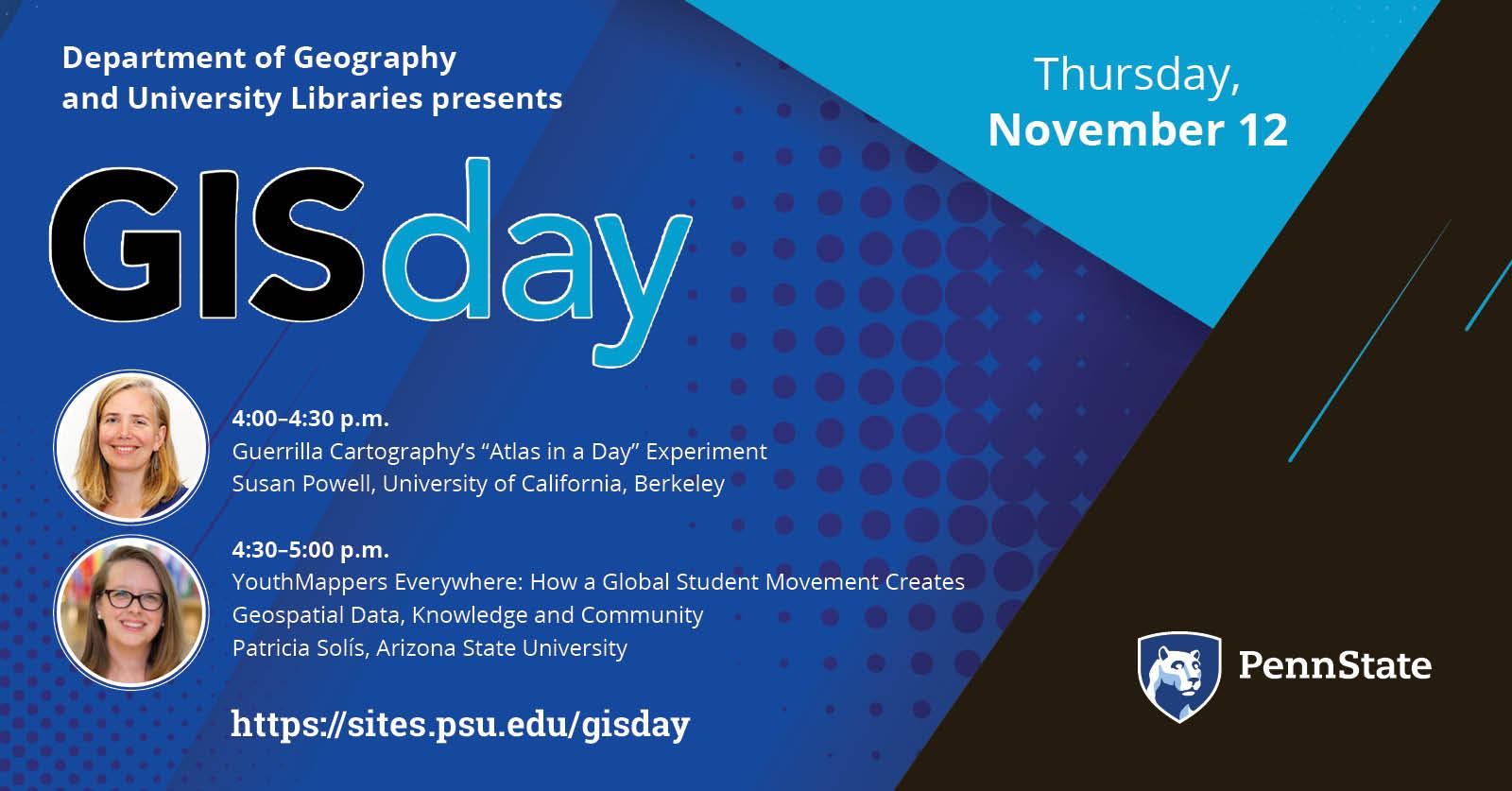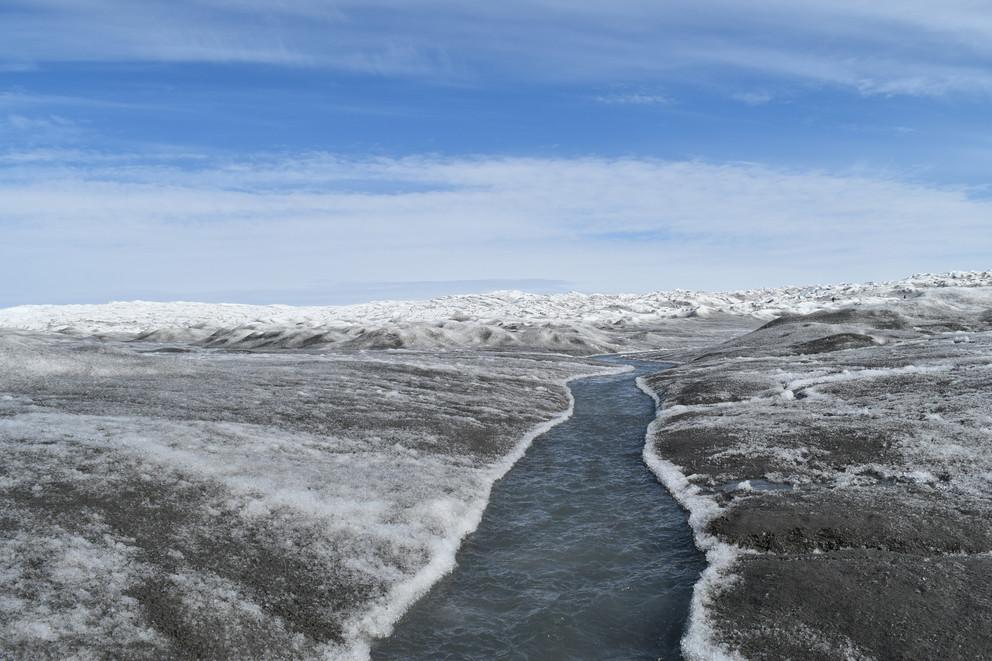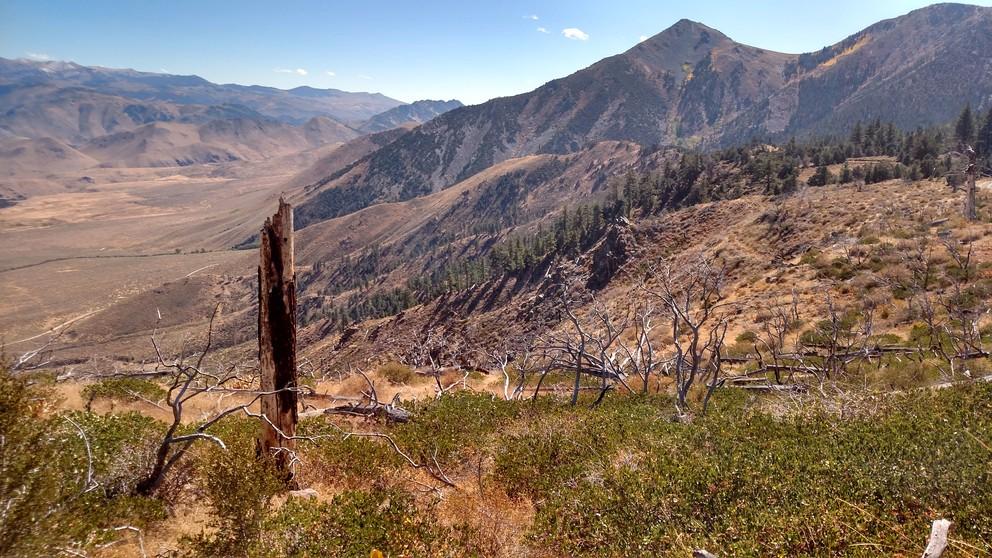Tony Hutchinson wants underrepresented individuals seeking a career in STEM fields to know one thing: He and others just like him have their back.
Hutchinson, who graduated from Penn State in 1990 with a degree in geography, said it’s important for those individuals to know that they have a support network. That comes through mentorship and it comes through programs at Penn State such as the Millennium Scholars Program.
UNIVERSITY PARK, Pa. — The Sustainability Institute at Penn State is hosting transdisciplinary symposia on biodiversity throughout the spring 2021 semester. The virtual series, "Mainstreaming Biodiversity in the Decade of Action," aims to expand collaborative networks and to inspire creative strategies to promote biodiversity in urban, agricultural and natural areas in order to improve human and ecological health and well-being.
New initiatives emerging from this symposium will be supported through a seed grant program funded by the Sustainability Institute and several other Penn State institutes and centers.
UNIVERSITY PARK, Pa. — The effects of climate change are sometimes difficult to grasp, but now a virtual reality forest, created by geographers, can let people walk through a simulated forest of today and see what various futures may hold for the trees.
"The main problem that needs to be addressed is that climate change is abstract," said Alexander Klippel, professor of geography, Penn State. "Its meaning only unfolds in 10, 15 or 100 years. It is very hard for people to understand and plan and make decisions."
UNIVERSITY PARK, Pa. — The measures instituted in April to help curb the spread of COVID-19 across the United States may hold clues for improving air quality, according to researchers.
The scientists examined the pandemic’s effects on two key pollutants – nitrogen dioxide and fine particulate matter -– and human mobility. They found that as individuals limited their travel, nitrogen dioxide levels fell significantly while levels of fine particulate matter rose in certain parts of the country. They report their findings in the Bulletin of Atmospheric Science and Technology.
UNIVERSITY PARK, Pa. — For many, seeing is believing. That is what Alex Klippel and his team have been investing in since the creation of the Penn State's Center for Immersive Experiences. It is also what some energy and environment researchers have been exploring to better communicate their science.
“Immersive technologies extend opportunities to not only see changes in the environment, but also to experience them,” said Klippel, director of the Center for Immersive Experiences. “We can advance understanding and our ability to communicate scientific facts about the environment to a different level by creating embodied place-based experiences of remote locations, of places in the past or future.”
UNIVERSITY PARK, Pa. — If you have viewed short documentary films about the 19th amendment on The New York Times website or national monuments on The Washington Post website this year, you have seen the work of Penn State alumna Megan Ruffe, a Schreyer Scholar who graduated in 2013, earning degrees in film production and geography.
Now based in Brooklyn, New York, Ruffe is a co-producer at Florentine Films, Ken Burns’ documentary company.
October 23, 2020
UNIVERSITY PARK, Pa. — Penn State University Libraries will observe GIS Day — an annual event celebrating the technology of geographic information systems (GIS) — with a virtual event from 4 to 5 p.m. on Thursday, Nov. 12.
Penn State GIS Day brings together those who work with GIS, geospatial technologies, remote sensing, maps, and location-based research to foster greater geospatial awareness throughout the University, within the community, and beyond. Both new and experienced users of geospatial information across disciplines are encouraged to participate.
UNIVERSITY PARK, Pa. – The brownish-grey algae that darken the Greenland ice sheet in summer cause the ice to melt faster, but only recently have scientists measured these blooms in the field, and only at few sites. To measure algal blooms across large regions and understand their effects on melting over time, scientists are now turning to space.
“Scientists go into the field and sample one or two spots where these algal blooms occur, but we don’t really know how they change over time or over a large region,” said Shujie Wang, assistant professor of geography at Penn State. “To solve this problem, my research team and I borrowed the methodology used to measure algae in water, which uses ocean color satellites and has a long history.”
UNIVERSITY PARK, Pa. — Even though State governments routinely rely upon interest groups to help them as they craft legislation, researchers found that certain peer-leader states, like Pennsylvania and Colorado, have greater influence in shaping states’ fracking policies, in a study led by Penn State Professor of Geography Jennifer Baka.
The study, titled “Disclosing Influence: Hydraulic fracturing, interest groups, and state policy processes in the United States,” revealed two important findings, Baka said.
“First, that influence of particular interest groups in providing so-called, ‘copy and paste’ legislation is not as widespread as previously thought," said Baka. “’Copy and paste’ is when legislators literally take a piece of legislation written by interest groups and introduce it, verbatim, into legislative processes.”
A warming climate and more frequent wildfires do not necessarily mean the western United States will see the forest loss that many scientists expect. Dry forest margins may be more resilient to climate change than previously thought if managed appropriately, according to Penn State researchers.
“The basic narrative is it’s just a matter of time before we lose these dry, low elevation forests,” said Lucas Harris, a postdoctoral scholar who worked on the project as part of his doctoral dissertation. “There’s increasing evidence that once disturbances like drought or wildfire remove the canopy and shrub cover in these dry forests, the trees have trouble coming back. On the other hand, there’s growing evidence that there’s a lot of spatial variability in how resilient these forests are to disturbances and climate change.”



